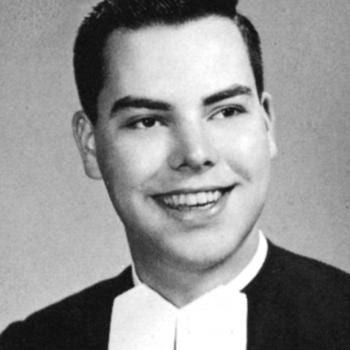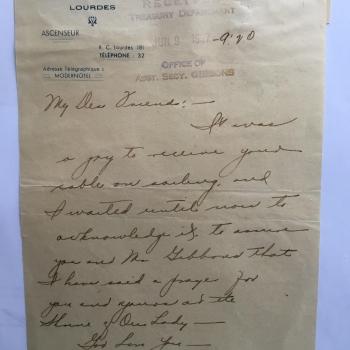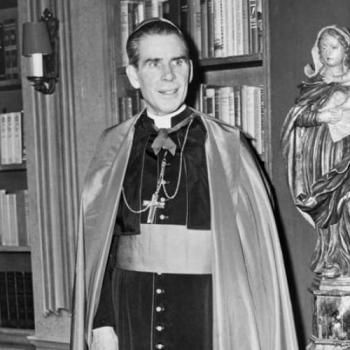Someone posted this lovely hymn on Facebook this morning, noting that it was written in the early 20th century from the point of view of Mary Magdalene (whose feast we mark today). I haven’t found any other citation for that, but I suppose it’s a plausible interpretation.
Wikipedia just has this:
“In the Garden” (sometimes rendered by its first line “I Come to the Garden Alone“ is a gospel song written byAmerican songwriter C. Austin Miles (1868–1946), a former pharmacist who served as editor and manager at Hall-Mack publishers for 37 years. According to Miles’ great-granddaughter, the song was written “in a cold, dreary and leaky basement in New Jersey that didn’t even have a window in it let alone a view of a garden.”
The song was first published in 1912 and popularized during the Billy Sunday evangelistic campaigns of the early twentieth century by two members of his staff, Homer Rodeheaver and Virginia Asher.
Roy Rogers and Dale Evans recorded the song with vocal quartet and orchestra on March 3, 1950. Tennessee Ernie Ford performed the song on his 1956 platinum album Hymns. A June 18, 1958 recording by Perry Como was part of his album When You Come to the End of the Day. It is also used in juxtaposition to “Blue Tail Fly” near the beginning of the Merchant/Ivory film of Carson McCullers‘ The Ballad of the Sad Cafe. The book of poetry Tea by D. A. Powell also refers to the song. Doris Day recorded the song on her 1962 album You’ll Never Walk Alone. Elvis Presley recorded the song on his gospel album How Great Thou Art(1967). Willie Nelson recorded the song on his 1976 gospel album The Troublemaker. The gospel song is sung in the closing scene of the film Places in the Heart (1984) and by Ronee Blakley in the Robert Altman film Nashville (1975).
UPDATE: Joanne McPortland found this:
As he meditated on the story of Jesus and Mary Magdalene in the garden on the morning of the resurrection, song writer C. Austin Miles felt as if he were standing there witnessing the intimate friendship between Mary and her Lord. Reverently he thought, “This is not an experience limited to a happening almost 2000 years ago but it is the daily companionship with the Saviour that makes up the Christian’s daily walk.” The words and music he wrote following that experience became one of the most loved Gospel hymns of all time
Here it is, from the wondrously talented Anne Murray, ca. 1999:












